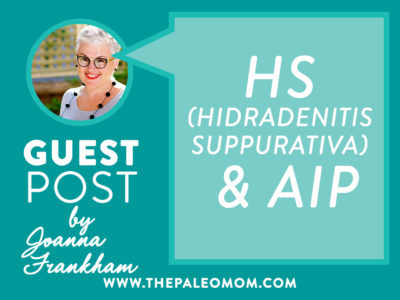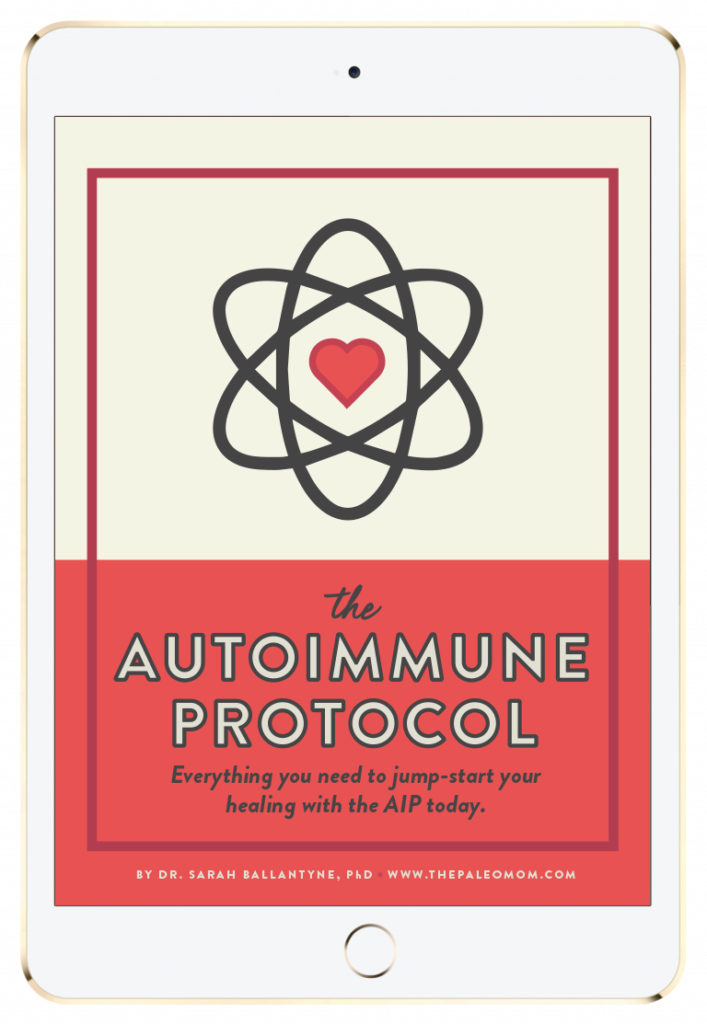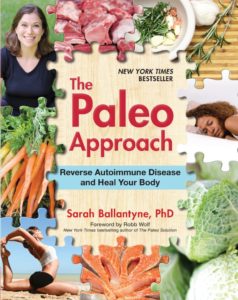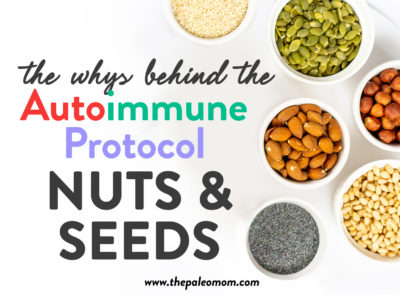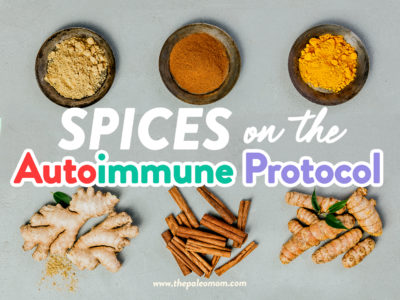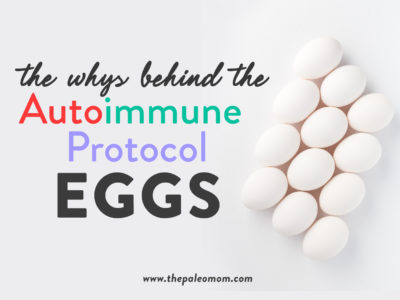 Joanna (Jo) Frankham is a certified Health Coach and meditation facilitator who specializes in helping clients overcome the overwhelm of implementing the diet and lifestyle changes required on a healing protocol by working with them to personalize the process. She has a degree in psychology and over two decades of working in strategic Human Resources.
Joanna (Jo) Frankham is a certified Health Coach and meditation facilitator who specializes in helping clients overcome the overwhelm of implementing the diet and lifestyle changes required on a healing protocol by working with them to personalize the process. She has a degree in psychology and over two decades of working in strategic Human Resources.
Table of Contents[Hide][Show]
Jo lived with undiagnosed Hidradenitis Suppurativa for over 20 years before she found greater health and wellbeing through a real food diet and lifestyle using the principles of the Autoimmune Protocol (AIP). She is the creator of AIP Reset, a 30-day online program to help you (re)find your AIP groove.
You can find Jo on her blog at joannafrankham.com where you can learn how to work with her. You can also connect with Jo through Facebook, Instagram and Pinterest.
I have suffered from Hidradenitis Suppurativa (HS) for over twenty-five years. HS is a hideous and misunderstood skin affliction that affects sufferers both physically and psychologically, yet it is rarely talked about. I suspect this is primarily because of the very private nature of the parts of the body the disease affects, and the fact that the medical profession simply doesn’t know what causes it.
I was lucky enough to find AIP five yearsago. It has transformed my quality of life in ways that I find difficult to articulate.
Hidradenitis Suppurativa (HS) – What is it?
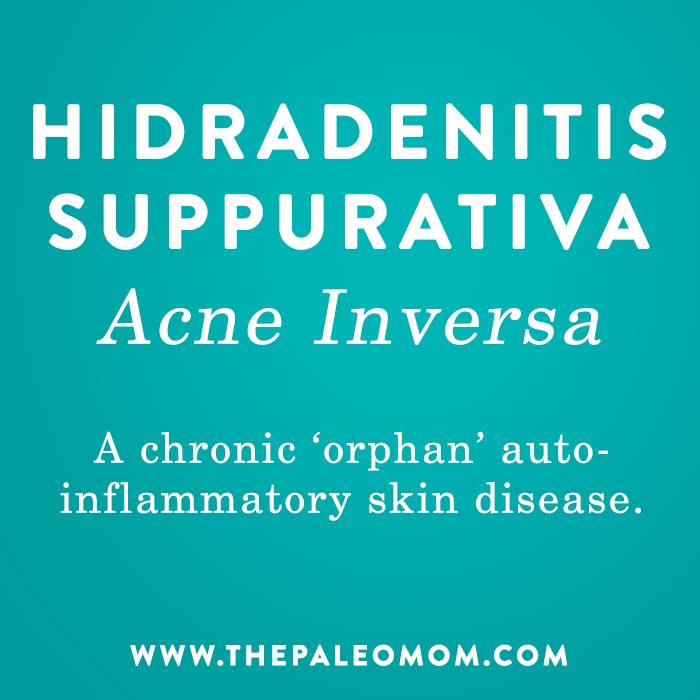 Hidradenitis Suppurativa (HS) – also known as acne inversa – is a chronic and very painful inflammatory skin disease that affects apocrine gland-bearing skin in the armpit, in the groin and buttocks, and under the breasts – although it can affect other parts of the body. It is characterized by recurrent boil-like lumps and abscesses that culminate in difficult-to-heal open wounds that often result in terrible scarring.
Hidradenitis Suppurativa (HS) – also known as acne inversa – is a chronic and very painful inflammatory skin disease that affects apocrine gland-bearing skin in the armpit, in the groin and buttocks, and under the breasts – although it can affect other parts of the body. It is characterized by recurrent boil-like lumps and abscesses that culminate in difficult-to-heal open wounds that often result in terrible scarring.
In addition to the physical effects of the disease, HS also has a significant psychological impact. Some of this is no doubt due to the often lengthy time it can take patients to receive a diagnosis, coupled with the typical onset time of the disease being late adolescence/early adulthood (a vulnerable time for many of us). While the average age of disease presentation is the early twenties, it is common for diagnosis to take over ten years. Many patients suffer from poor body image, depression and anxiety. HS affects self-esteem.
Unfortunately, HS tends to be poorly recognized by the medical profession, which results in greater levels of isolation for many who suffer from the disease.
It is estimated that HS affects about 1% of the population, although, given the shame-inducing nature of the disease, this could be higher. HS hides in the shadows. To put this in perspective, psoriasis affects approximately 2% of the population. So, HS is not uncommon. There are at least 3 million sufferers in the US alone. Women are three times more likely to suffer from the disease than men, and it is most common between puberty and menopause.
HS is one of the diseases included in Follicular Occlusion Syndrome (FOS) – a disorder that comprises a group of conditions where hair follicles are plugged by excessive scaling. There is also a correlation between HS and diseases of the bowel.
Save 70% Off the AIP Lecture Series!
Learn everything you need to know about the Autoimmune Protocol to regain your health!
I am loving this AIP course and all the information I am receiving. The amount of work you have put into this is amazing and greatly, GREATLY, appreciated. Thank you so much. Taking this course gives me the knowledge I need to understand why my body is doing what it is doing and reinforces my determination to continue along this dietary path to heal it. Invaluable!
Carmen Maier
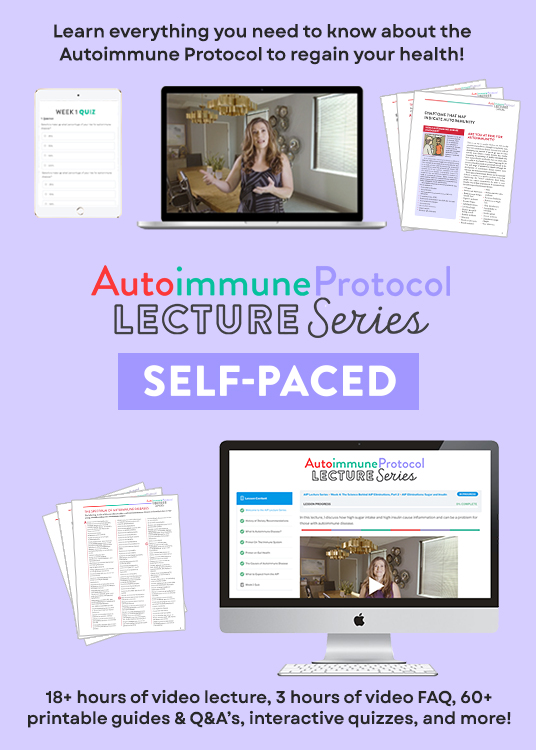
HS and AIP
 You probably already know that the Autoimmune Protocol (AIP) is a nutrient-rich, holistic diet and lifestyle approach for healing the gut and restoring healthy gut microorganisms along with reducing inflammation and to regulating the immune system.
You probably already know that the Autoimmune Protocol (AIP) is a nutrient-rich, holistic diet and lifestyle approach for healing the gut and restoring healthy gut microorganisms along with reducing inflammation and to regulating the immune system.
And while technically, HS is considered an auto-inflammatory disease rather than an autoimmune one (a disease of the innate immune system as opposed to the adaptive immune system), the AIP framework can be transformative for HS sufferers wanting to mitigate their symptoms in a way that doesn’t include invasive surgery or pharmaceuticals with potentially nasty side effects.
It does this with both the diet and lifestyle aspects of the framework.
- Diet
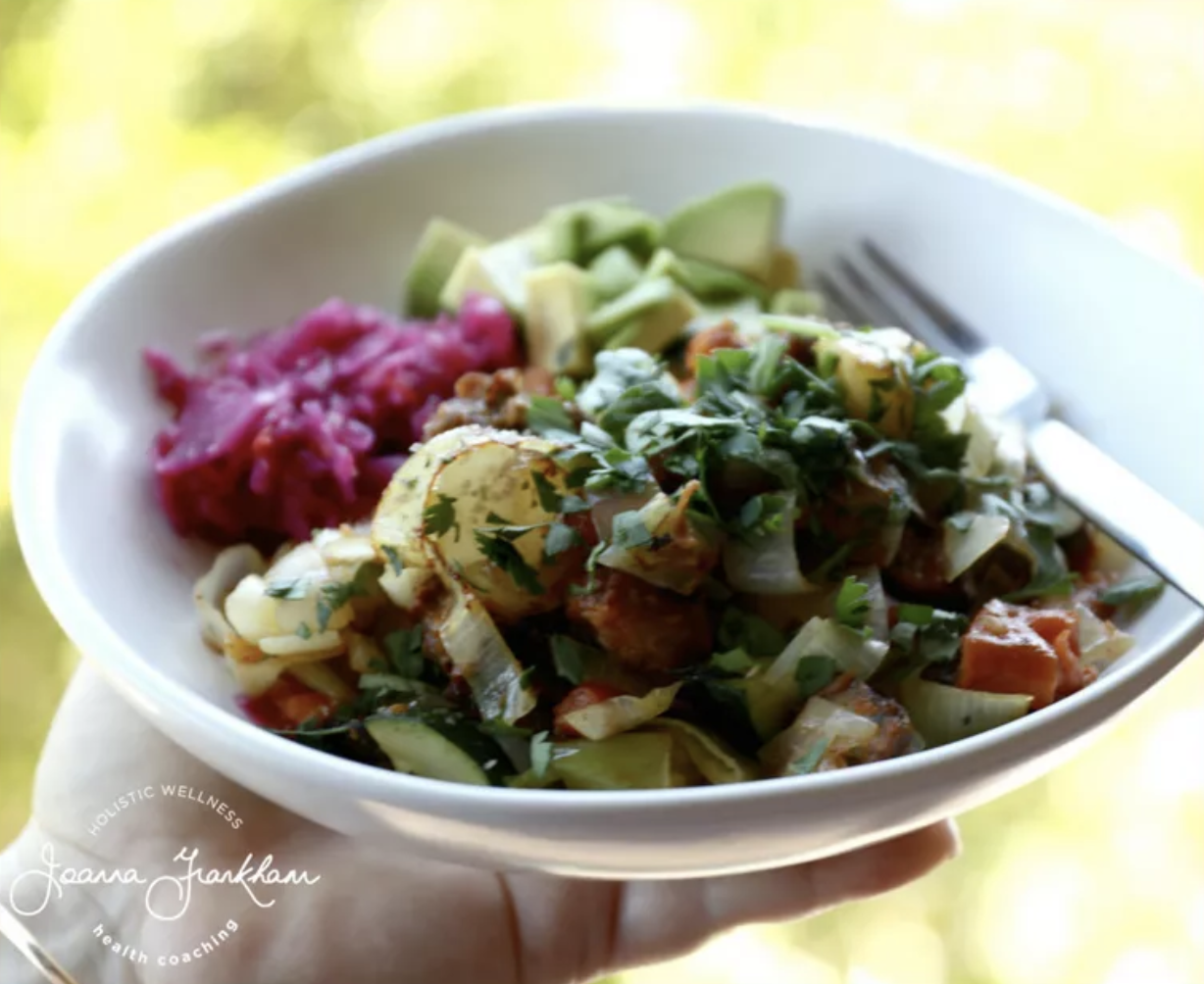 The elimination phase of AIP helps us to understand food triggers and sensitivities while at the same time removing potentially inflammatory foods and helping to develop our focus on adding nutrient-dense foods to our diet.
The elimination phase of AIP helps us to understand food triggers and sensitivities while at the same time removing potentially inflammatory foods and helping to develop our focus on adding nutrient-dense foods to our diet.
While we are each unique, there are some recognized trends in HS sufferers when it comes to identifying common food triggers
- Gluten: Gluten is a large molecule. It’s very abrasive to the lining of our gastrointestinal tract. And, it’s impossible for us to digest. The prolamin in gluten is a key factor in contributing to gut dysbiosis. Eating gluten-containing foods also raises insulin levels. There is a correlation between HS and insulin sensitivity.
- Dairy: dairy products can raise insulin levels and drive insulin resistance. This may lead to the overproduction of hormones called androgens, which are known to play a role in HS.
- Reducing Sugar: limiting foods with added sugars and syrups, such as sodas, cereals and candy, can reduce insulin levels and ease the symptoms of HS.
- Yeast, Particularly Brewer’s/Baker’s Yeast: often a cross reactor with gluten which unfortunately may result in food-sensitivity to many fermented foods.
“Skin related autoimmune conditions are some of the most challenging to mitigate with diet alone. This is because the skin is just as connected to the gut and to the brain as these organs are to each other. – Dr Sarah Ballantyne.
- Lifestyle
 For HS sufferers, in addition to looking at diet, actively working on the lifestyle aspects of AIP are important. In my view, the top four are:
For HS sufferers, in addition to looking at diet, actively working on the lifestyle aspects of AIP are important. In my view, the top four are:
- Stress
- Sleep
- Social connection
- Sunlight
Even though it’s at the last one mentioned, let’s talk about sunlight first. HS is a hormone-related disease, in particular, the androgen or “male” hormones. Simply put, hormonal imbalances can cause your oil glands to overwork and affect the skin cells in and around your hair follicles. Maintaining adequate levels of vitamin D can play and important role in regulating our hormones.
Stress and sleep are closely linked. Actively working on personalizing your healing protocol to ensure you get enough quality sleep and have dedicated, effective strategies to manage stress are key to improving HS symptoms.
The importance of quality social connection for HS sufferers cannot be overstressed. Social isolation and loneliness is on the rise, and this is only exacerbated for those suffering from the pain and shame of a disease like HS. Building a network of support – both in-person and online – can make a profound difference to the way you see the world.
Online Support
If you suffer from HS and live in the US, HopeforHS is an organization that supports and advocates for HS patients and caregivers.
The HS Diet Connection is a wonderfully inclusive and supportive group for those exploring diet as a means for mitigating HS symptoms.
Join AIP Reset for HS in July
 If you suffer from HS and have tried AIP but struggled to stay the course, why not join me in July for a special AIP Reset for HS – a 30-day AIP Reset especially (and only) for those who suffer from HS.
If you suffer from HS and have tried AIP but struggled to stay the course, why not join me in July for a special AIP Reset for HS – a 30-day AIP Reset especially (and only) for those who suffer from HS.
We all know this AIP template can be tough to navigate on your own, especially when you have a disease that is as painful and shameful as HS can be.
What if you could get together with others who understand what you’re experiencing and spend a whole month focusing on honing your personalized healing protocol? AIP Reset for HS is your dedicated resource for (re)finding your personalized AIP groove.

